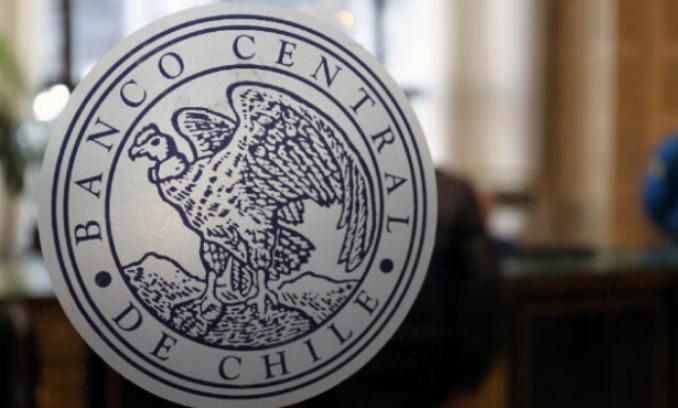
The Central Bank of Chile has lowered its monetary policy rate (MPR) by 50 basis points from 6.5% to 6%, the lowest level since March 2022. The move is aimed at addressing uncertainty in the global economy and pressures such as inflation and currency exchange rates. The central bank's move reflects a growing divergence in monetary policy among central banks in a complex and volatile international economic environment.
The board of directors of the Central Bank of Chile unanimously approved the decision to cut interest rates in order to further stimulate economic growth and stabilize prices. The implementation of the interest rate reduction policy will help reduce the financing costs of enterprises and enhance market investment confidence, thus promoting sustained and healthy economic development. At the same time, the central bank of Chile also stressed that the interest rate cut is a prudent decision made on the basis of full consideration of the domestic and international economic situation, aimed at balancing the two goals of economic growth and price stability.
The Chilean peso has been strong recently, mainly due to the rise in copper prices and the effective control of the central bank's monetary policy. As a copper-rich country, Chile's export earnings have benefited from the rise in copper prices, thus enhancing the exchange rate stability of the peso. In addition, the Central Bank of Chile also implemented a series of monetary policy measures, including adjusting the deposit reserve ratio, optimizing the credit structure, etc., to maintain the stability of the financial market. Chile's central bank said the economy was progressing as expected, with GDP up 2.3 per cent in the first quarter from a year earlier and consumption and volumes growing again. Although fixed capital formation stopped its downward trend at the end of last year, overall economic activity is gradually stabilising. The Central Bank of Chile expects that with the gradual landing of the interest rate reduction policy, future economic growth will remain stable.
The Chilean government's recently announced infrastructure concession Project Implementation plan for the period 2024 to 2028 shows that 24 infrastructure concession projects will be implemented in the next five years, covering a variety of sectors with a total investment of $17.6 billion. The implementation of these projects will help upgrade Chile's infrastructure and further promote economic growth.
From a global perspective, the trend of monetary policy divergence among central banks is intensifying. While the Fed is still considering the pace and magnitude of its rate cuts, other major central banks have begun to adjust monetary policy to their economies. This diverging trend reflects the differences in economic conditions across countries and the different strategies central banks have adopted to address economic challenges.
In Chile, for example, the central bank's policy of cutting interest rates was based on the realities of domestic inflationary pressures and currency fluctuations. At the same time, some central banks may ease monetary policy due to slower growth or less inflationary pressure, while others may tighten monetary policy due to high inflation or overheating.
This divergence of global central banks' monetary policies has implications for the global economy and financial markets that cannot be ignored. On the one hand, policy differences among central banks can lead to capital flows and exchange rate fluctuations, which can have an impact on international trade and investment. On the other hand, policy divergence may also affect global economic growth and financial stability, requiring central banks to strengthen communication and coordination to jointly address challenges. The central bank of Chile's interest rate cut to a two-year low is a microcosm of the current global central bank monetary policy divergence trend.
Against the backdrop of many challenges facing the global economy, central banks need to flexibly adjust their monetary policies according to their own economic conditions to promote economic growth and maintain financial stability. At the same time, it is also crucial to strengthen international cooperation and communication to cope with uncertainties and risks in the global economy.

Since 2025, the conflict between the United States and Europe over the governance of the digital economy has continued to escalate.
Since 2025, the conflict between the United States and Euro…
When German Chancellor Mertz officially announced that he w…
On December 3rd local time, the copper price on the London …
The European Commission announced a new economic security s…
The European Commission announced a new economic security s…
For nearly a year, US President Donald Trump has launched a…